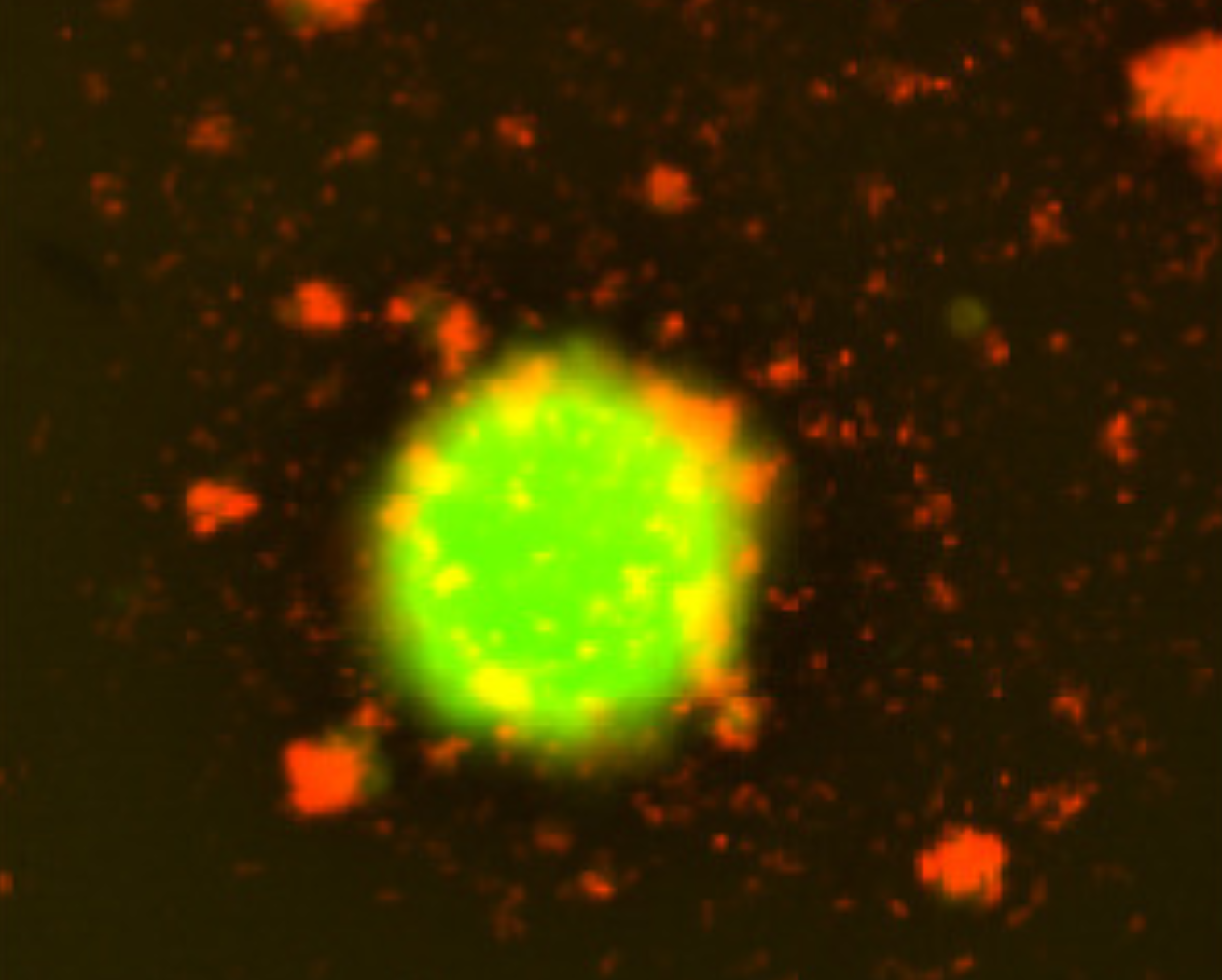Nano-device could power all your electronic wearables while you move
New nanotechnology from the University of Surrey promises to revolutionize how we generate electricity, offering wearable devices and IoT systems a way to harvest energy from everyday movements like running or opening a door.

New nanotechnology developed at the University of Surrey could soon enable your morning run to help power wearable devices. (CREDIT: CC BY-SA 3.0)
New nanotechnology developed at the University of Surrey could soon enable your morning run to help power wearable devices. Researchers at Surrey's Advanced Technology Institute (ATI) have designed nanogenerators that are highly energy-efficient and flexible, boasting a 140-fold increase in power density compared to conventional designs.
This breakthrough could lead to nano-devices that rival the efficiency of today’s solar cells, transforming the way energy is harvested from everyday activities.
These devices capture and convert mechanical energy, such as motion, into significantly higher amounts of electrical power. This process is similar to how an amplifier boosts sound in an audio system. For instance, while a traditional nanogenerator might produce 10 milliwatts of power, the new technology from Surrey could increase that output to over 1,000 milliwatts. This makes it viable for a wide range of energy-harvesting applications, such as powering wearables, sensors, and even smart home systems.
The key to ATI’s nanogenerator lies in a unique charge regeneration process. Think of it as a relay race: rather than a single electrode collecting energy on its own, each "runner" in the system grabs energy (charge), amplifies it, and then passes it along to the next "runner." This boosts the overall energy collection, enabling the system to capture more power from mechanical movements.
Lead author Md Delowar Hussain from the University of Surrey describes the vision behind the technology: “The dream of nanogenerators is to capture and use energy from everyday movements, like your morning run, mechanical vibrations, ocean waves, or opening a door. The key innovation with our nanogenerator is that we’ve fine-tuned the technology with 34 tiny energy collectors using a laser technique that can be scaled up for manufacture to increase energy efficiency further.”
Related Stories
The potential applications for this technology are vast. From powering self-sufficient sensors to running smart home systems without battery changes, the possibilities seem endless. What makes it even more exciting is the device's potential to one day rival the power output of solar panels.
At the heart of this innovation is a triboelectric nanogenerator, or TENG. TENGs work by harnessing static electricity, which is created when two materials come into contact and then separate. A simple analogy would be rubbing a balloon on your hair, causing it to stick due to static charge. This same principle allows TENGs to convert mechanical movements, such as walking or typing, into usable electrical energy.
Dr. Bhaskar Dudem, another co-author from the University of Surrey, emphasized the practical applications of this technology in the healthcare field. “We are soon going to launch a company focused on self-powered, non-invasive healthcare sensors using triboelectric technology. Innovations like these will enable us to drive new spin-out activities in sustainable health tech, improve sensitivity, and emphasize industrial scalability.”
The rise of the Internet of Things (IoT) is another area where this technology could make a significant impact. As IoT devices continue to proliferate—projected to surpass 50 billion devices in the next few years—finding efficient and sustainable ways to power them will be crucial.
Professor Ravi Silva, director of the ATI at Surrey, sees the nanogenerator as a possible solution to this growing challenge. “Local green energy solutions are needed, and this could be a convenient wireless technology that harnesses energy from any mechanical movements to power small devices. It offers an opportunity for the scientific and engineering community to find innovative and sustainable solutions to global challenges.”
As the world shifts toward sustainability and clean energy, technologies like Surrey's nanogenerator could play a key role in reducing reliance on traditional power sources. Whether it's through self-powered sensors, smart home systems, or even monitoring devices for dementia patients, these nanogenerators offer a glimpse into a future where energy is harvested seamlessly from everyday life.
The study detailing this breakthrough has been published in the journal Nano Energy, a testament to the potential impact these tiny energy harvesters could have on industries ranging from healthcare to smart technology. The next steps for the team involve scaling up the production process and exploring how this technology can be integrated into commercial applications.
With the ability to capture energy from simple, everyday movements, Surrey’s nanogenerator could be at the forefront of a technological revolution. By offering a cleaner, more efficient way to generate power, it has the potential to reshape how we think about energy use in our daily lives.
Note: Materials provided above by The Brighter Side of News. Content may be edited for style and length.
Like these kind of feel good stories? Get The Brighter Side of News' newsletter.
Joshua Shavit
Science & Technology Writer | AI and Robotics Reporter
Joshua Shavit is a Los Angeles-based science and technology writer with a passion for exploring the breakthroughs shaping the future. As a contributor to The Brighter Side of News, he focuses on positive and transformative advancements in AI, technology, physics, engineering, robotics and space science. Joshua is currently working towards a Bachelor of Science in Business Administration at the University of California, Berkeley. He combines his academic background with a talent for storytelling, making complex scientific discoveries engaging and accessible. His work highlights the innovators behind the ideas, bringing readers closer to the people driving progress.



